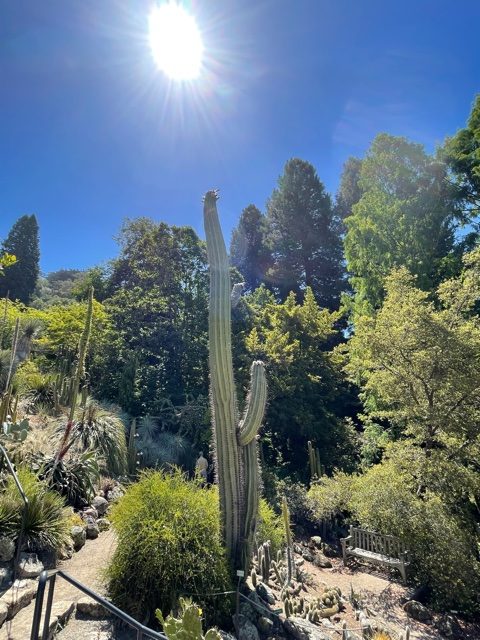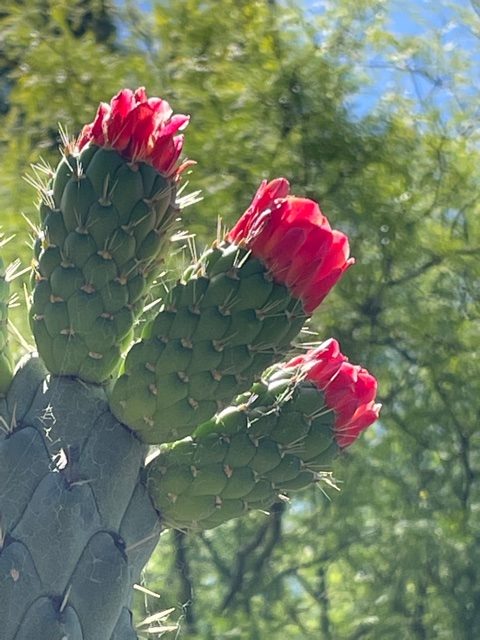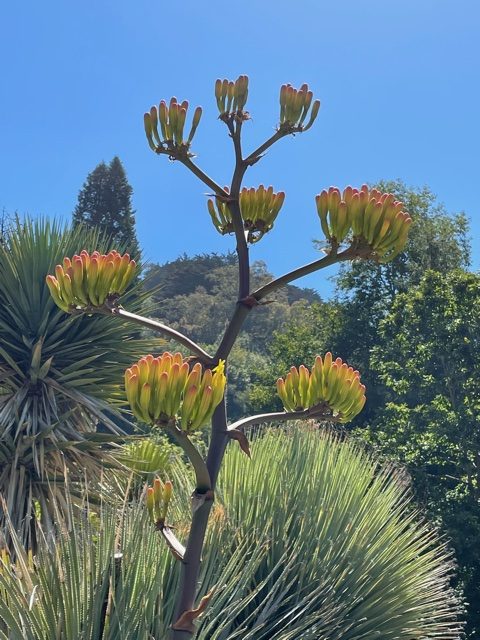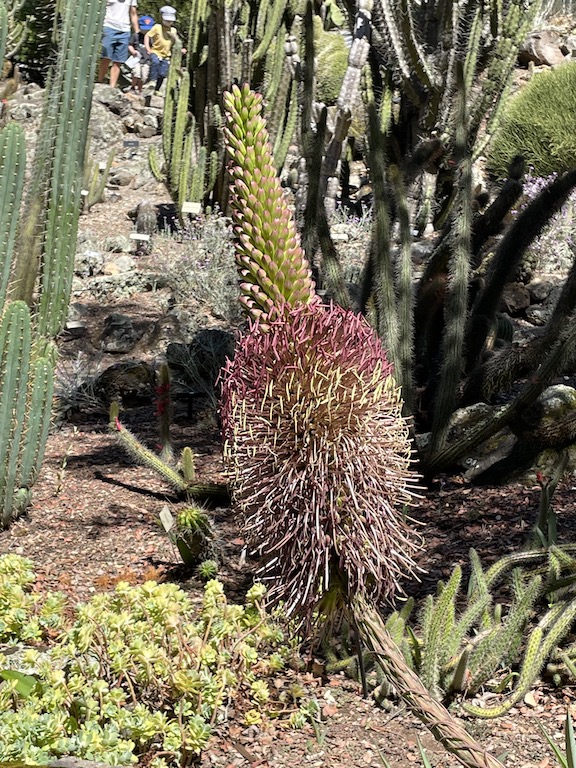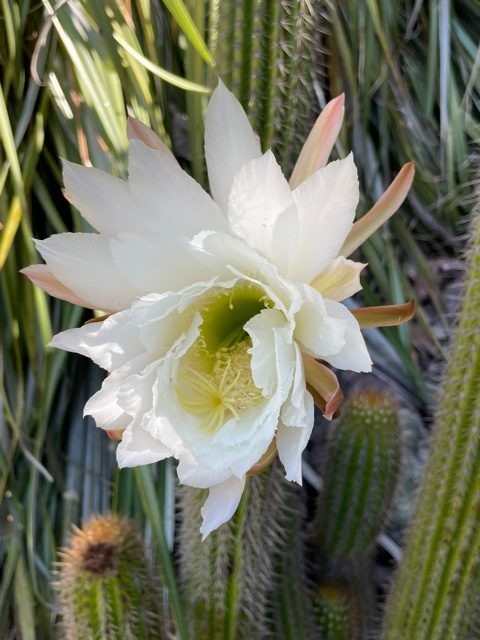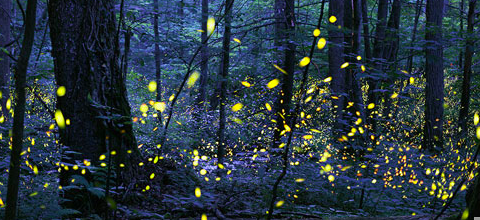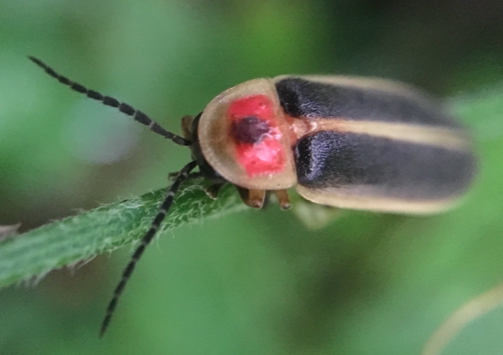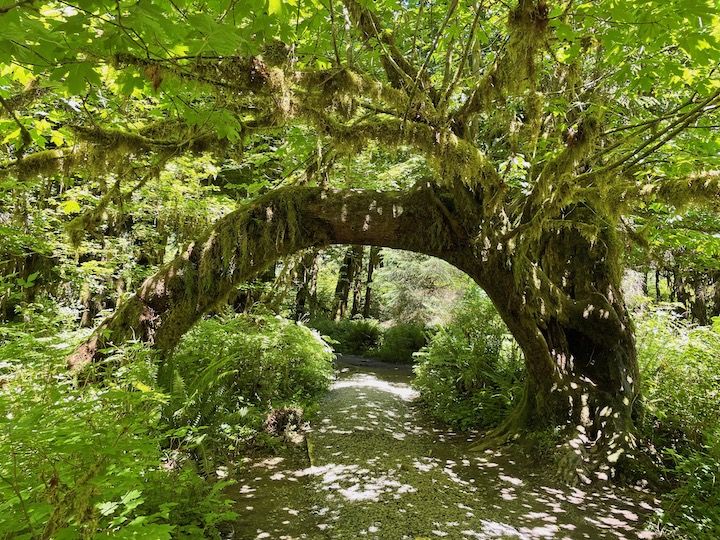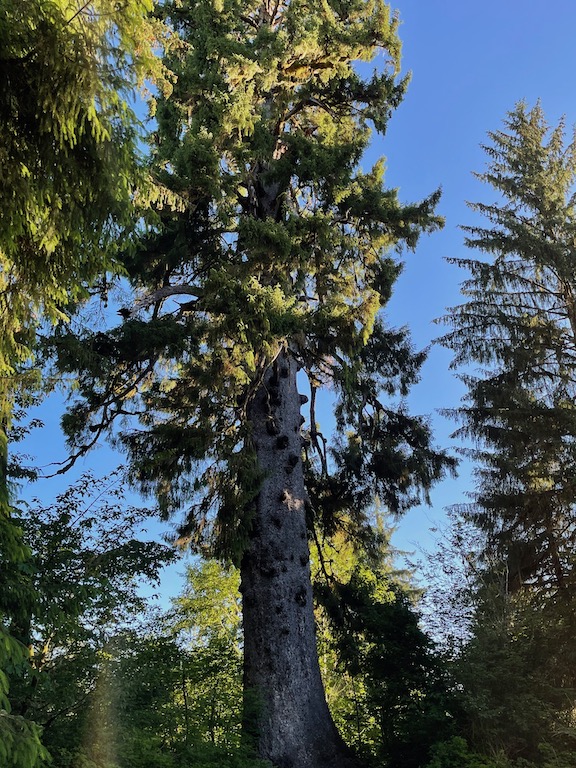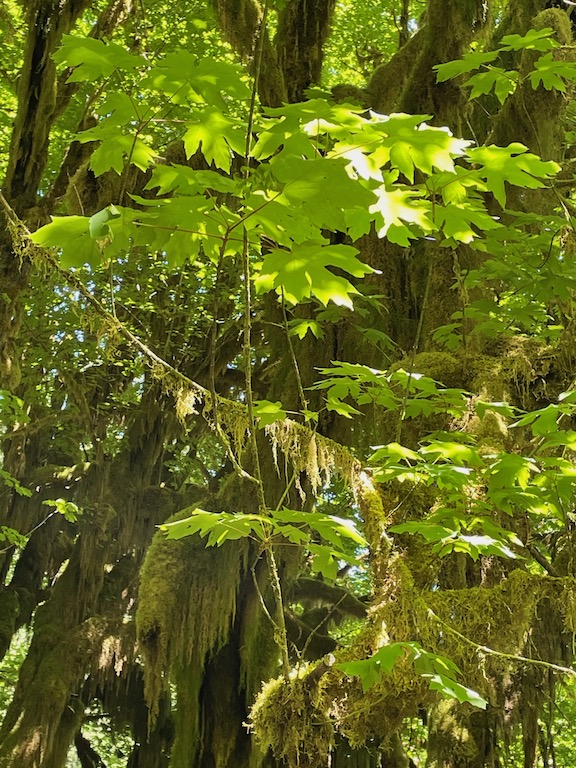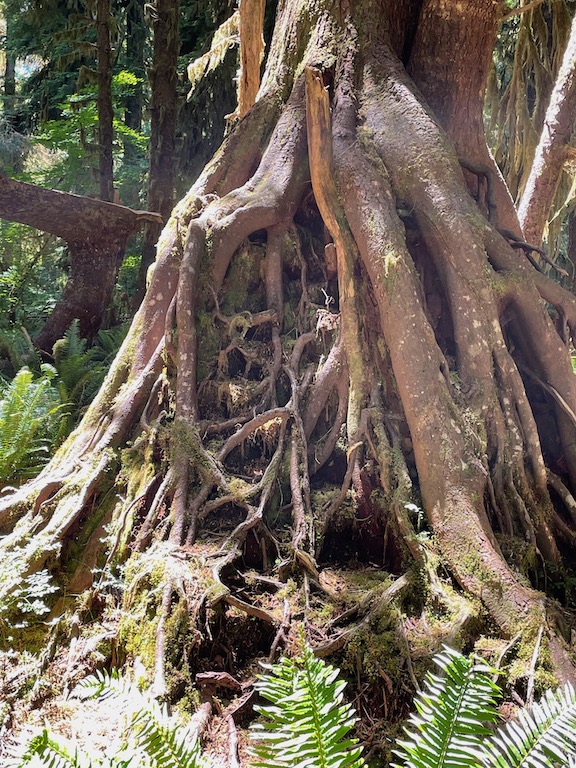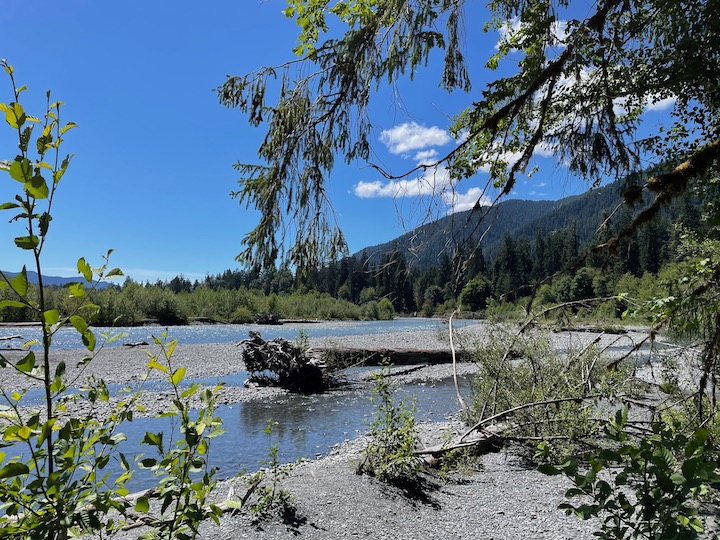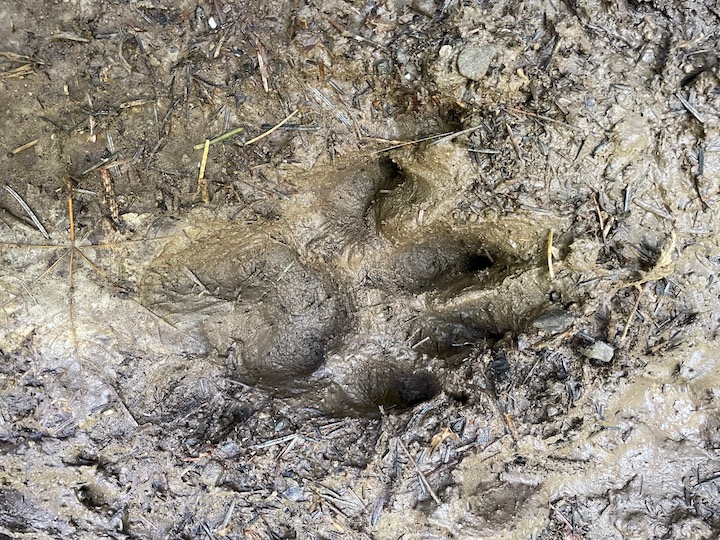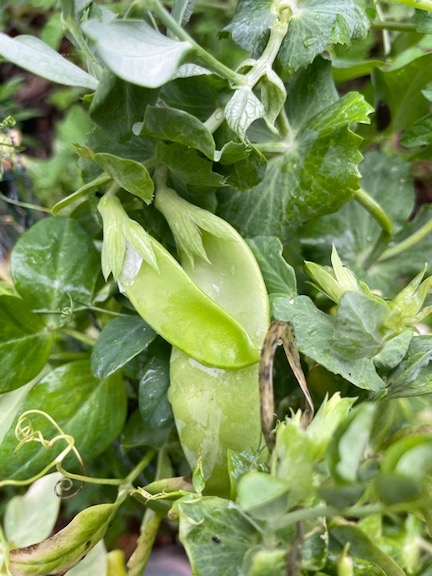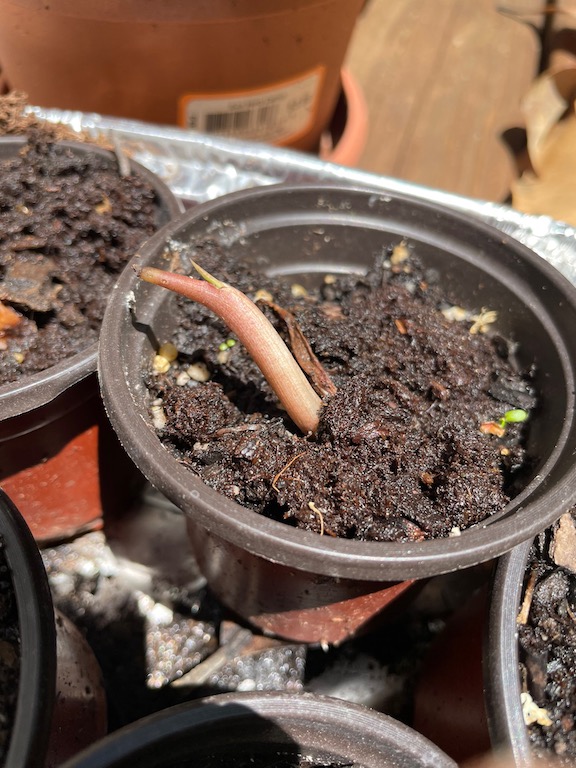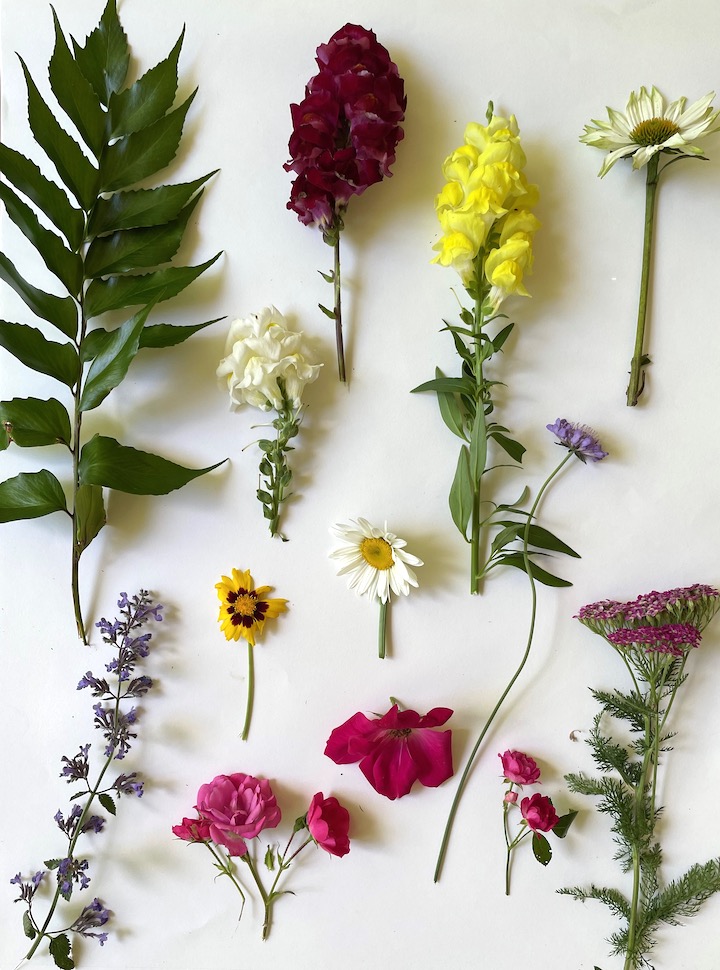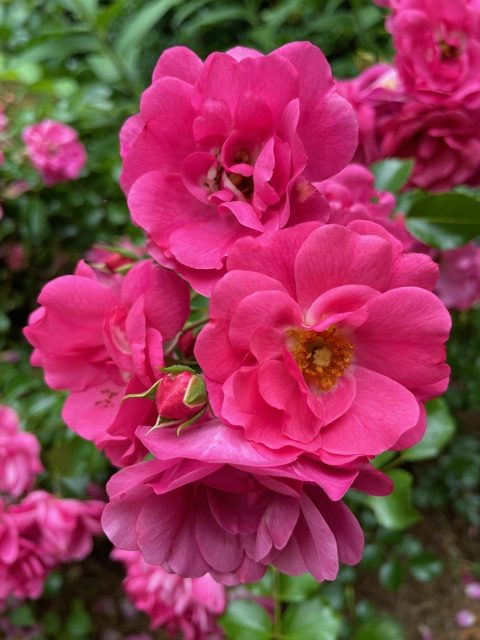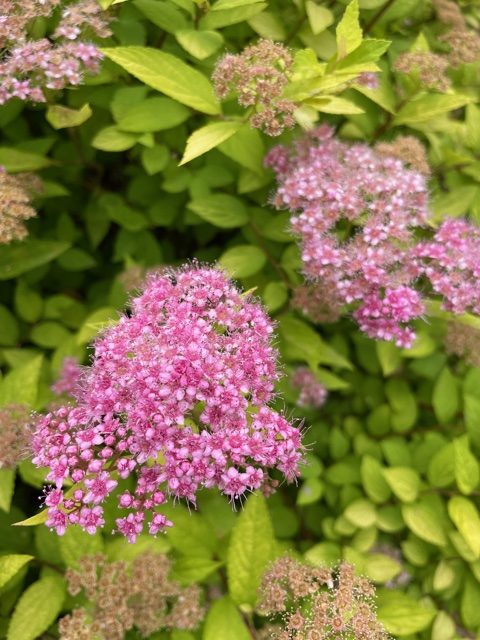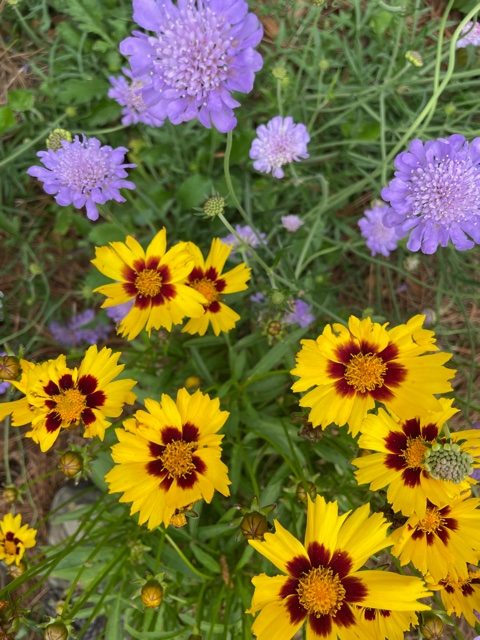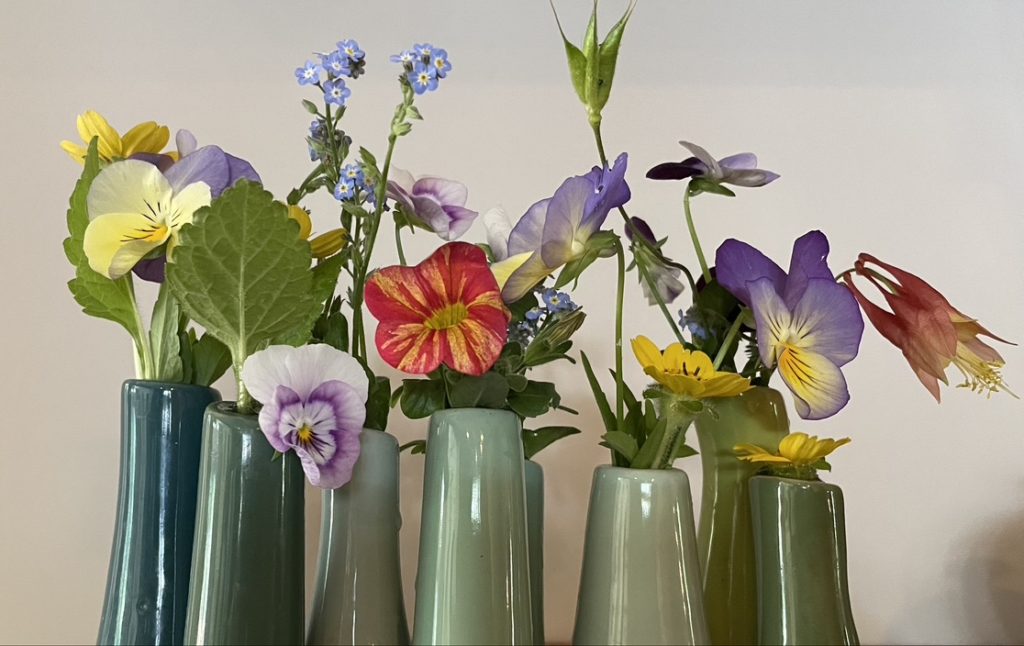Whether you say tomahto or tomayto, baysil or bahsil, the fact remains that the twin gifts of summer are home grown tomatoes with some spicy green basil on the side.
For me, it’s a constant challenge to get to the tomatoes before the squirrels do. I’ve tried all kinds of things – fencing, netting, different locations and on and on but somehow those pesky little creatures always seem to wiggle their way in and eat about half of my tomatoes. I don’t mean half the crop, I mean half of each tomato. Arghhhh.

It does help to pick them before they’re all the way ripe. Though I lose some flavor, at least I get some tomato. This year I grew Roma tomatoes which have produced magnificently.
I tried growing different basils from seed this year and had good success. My favorite cultivar is called “Cardinal.” It has dark red, sturdy stems and though it doesn’t seem to be quite as abundant as the classic basil, the taste is absolutely fantastic. It has a more robust flavor, with a bit of a kick to it. I don’t think even I could eat an entire plate of it, but tossed in with other greens or in a caprese salad, it is wonderful.

Perhaps my favorite way to use the summer garden gifts is to make up a large batch of tomato basil soup. It’s fast, easy, healthy and delicious. What more could you want? Just halve the tomatoes and roast them for 40 minutes, add (a lot of) basil, sautee onions and add seasonings. A few minutes in a super blender, such as a Vita-mix makes it unnecessary to peel and seed the tomatoes ahead of time (hallelujah!)

There are endless variations. If you want a richer, creamier soup, substitute half and half for the milk. If you’re vegan or vegetarian, use vegetable broth instead of the chicken broth and milk. For an extra kick, add some of your favorite hot sauce. You can serve it warm (my preference) or chilled and can top it with avocado cream, a dollop of sour cream or some shaved Parmesan.
Anyway you do it, this is a great way to take advantage of summer’s bounty. Enjoy!!
TOMATO BASIL SOUP
3 pounds Roma tomatoes, halved
6 tablespoons olive oil, divided
1 tablespoon salt
1 1/2 teaspoons ground black pepper
2 cups onions, (Vidalia, if possible) chopped
6 garlic cloves, minced
2 tablespoons butter
1/4 teaspoon crushed red pepper flakes
1 (28-oz.) can of plum tomatoes, including the juice
4 cups basil leaves, packed
1 teaspoon fresh thyme leaves (or 1/4 teaspoon dried)
1 teaspoon fresh oregano (or 1/4 teaspoon dried)
3 cups chicken broth or vegetable broth
1 cup milk (or half and half, or more broth)
Slice the tomatoes lengthwise, toss in 4 tablespoons of olive oil, add salt and pepper and roast in a roasting pan at 375 degree oven for 40 minutes.
In a large stew pot, sautée garlic and onions in the butter and remaining 2 tablespoons oil. Cook until soft and beginning to caramelize. Add red pepper flakes, basil, canned tomatoes, thyme, oregano and broth. When roasted tomatoes are done, add them to the mix. Cook for about 30 minutes.
Allow to cool, then adding a bit of milk (or additional broth) to each batch, process in the super blender until smooth. Makes about 7 – 8 servings. Yum.


